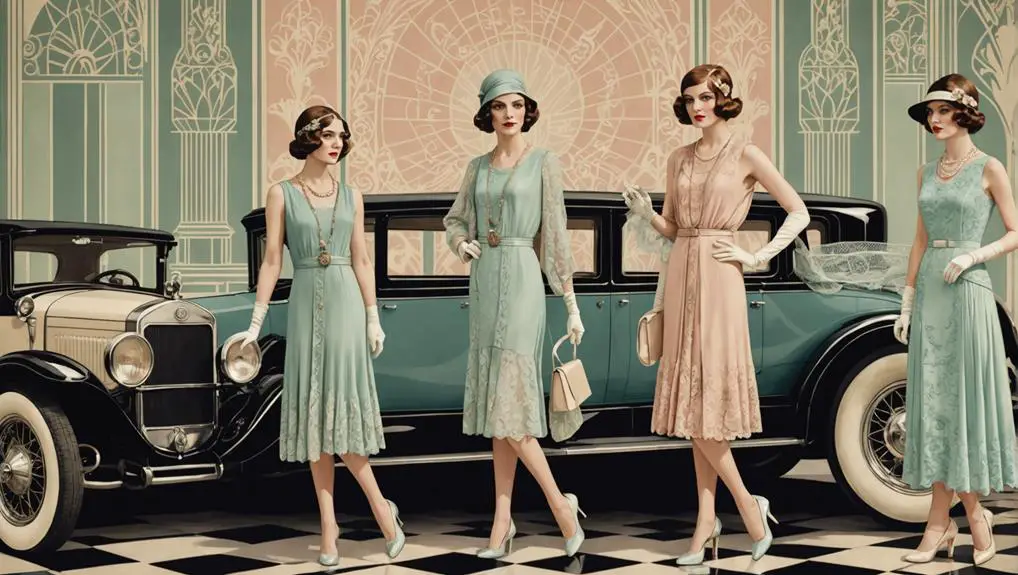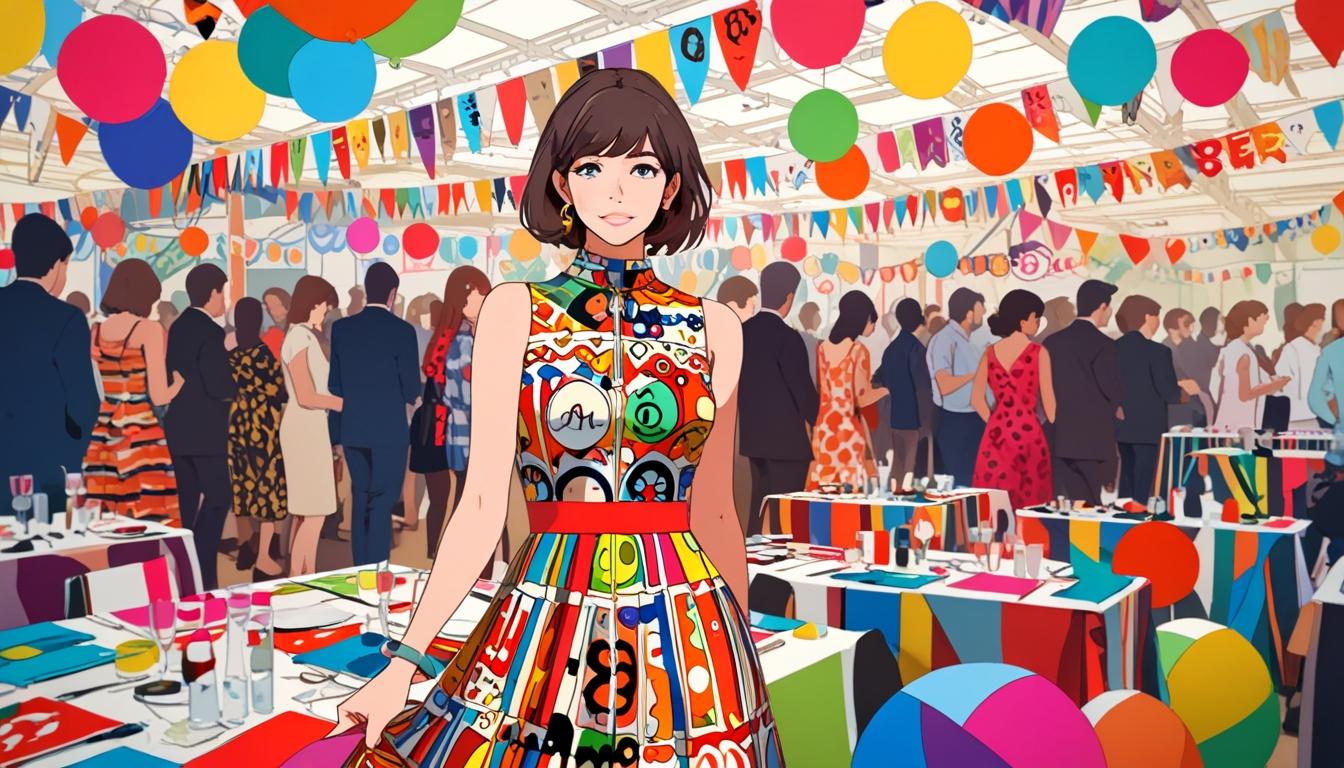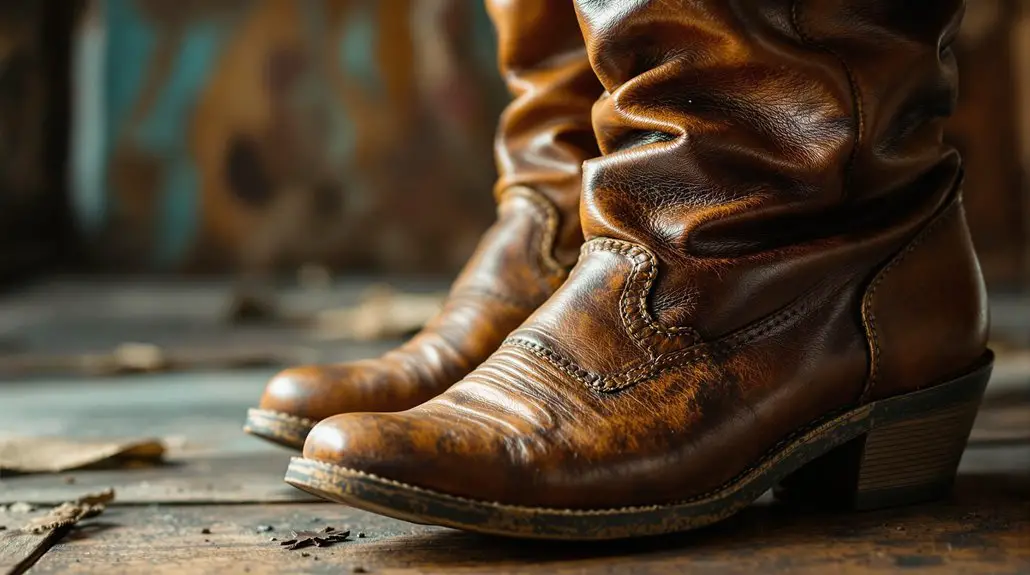A look back at the influence of vintage clothing on personal expression through the lens of a fashion editor’s journey from childhood to professional life.
In the evolving narrative of fashion, the story of vintage style woven through personal experiences is compelling and layered. The exploration of this theme is vividly portrayed through recollections of the 1980s and 1990s, a time when the concept of vintage clothing was just beginning to gain traction among fashion enthusiasts.
The reflection begins with a personal reminiscence from a fashion editor, who recounts her early days of appreciating vintage clothing, though she initially associated the term “vintage” more with wine and cars than with garments. As a child, she frequently tapped into her great-aunt Helen’s wardrobe, donning pieces like a Poiret coat and an opal Fortuny. She recalls a fondness for dressing up, not just herself but also her brothers, exemplifying her early creative engagement with fashion.
Her journey progressed as she entered Oxford in the late 1970s, where thrift stores became a treasure trove for unique finds, bridging the gap between affordability and style. With limited funds, she often combined punkish attire with elegant vintage pieces, such as a slippery bias-cut dress from the 1930s, starkly contrasting with her contemporaries’ more popular styles. Thrift stores, described as “Aladdin’s caves of jewel-level vintage,” offered an array of garments that were largely overlooked by other shoppers at the time.
The narrative extends into her professional life as the bazaar editor at Harpers & Queen, where exposure to Japanese designers like Rei Kawakubo and Yohji Yamamoto became pivotal. Their avant-garde approaches to traditional couture fascinated her, prompting a deeper exploration of historical garments. This fascination was reflected in her personal style, as she crafted outfits that fused elements of past and present, embodying a spirit both interesting and progressive for the fashion scene of the day.
A significant turning point occurred during a shoot with renowned photographer Mario Testino, where she sought to encapsulate the essence of an 18th-century portrait. Inspired by John Galliano’s pivotal 1984 graduate collection, she began to carve out her fashion identity within a contemporary framework while drawing heavily from historical influences.
Her collaborations with Galliano led to a greater understanding of fashion mechanics, particularly the transformative power of garments like Vionnet’s bias-cut dresses. She learned to appreciate how a dress could connect intimately with the body, enhancing its form rather than simply adorning it. The exploration of vintage pieces helped her discover parallels between past fashion and contemporary designs, honoring the legacy of vintage while keeping pace with modern aesthetics.
The vibrant landscape of London’s vintage shops in the ‘80s and ‘90s is given special attention, with names like Cornucopia and Antiquarius cited as prime locations for rare finds. The author fondly recalls acquiring a 19th-century wedding dress and sharing her cherished pieces, such as a dusted-gold Halston halter, which she wore with pride, symbolizing a rich history intertwined with personal expression.
As the narrative reaches its conclusion, it suggests that the appreciation for vintage clothing remains an enduring aspect of personal style, highlighting the joy of pairing contemporary items with vintage classics. Whether it be an Azzedine Alaïa jacket from 1986 or a recent pant style, the dialogue between past and present persists, illustrating the enduring legacy and influence of vintage fashion in the realm of personal self-expression.
Source: Noah Wire Services




